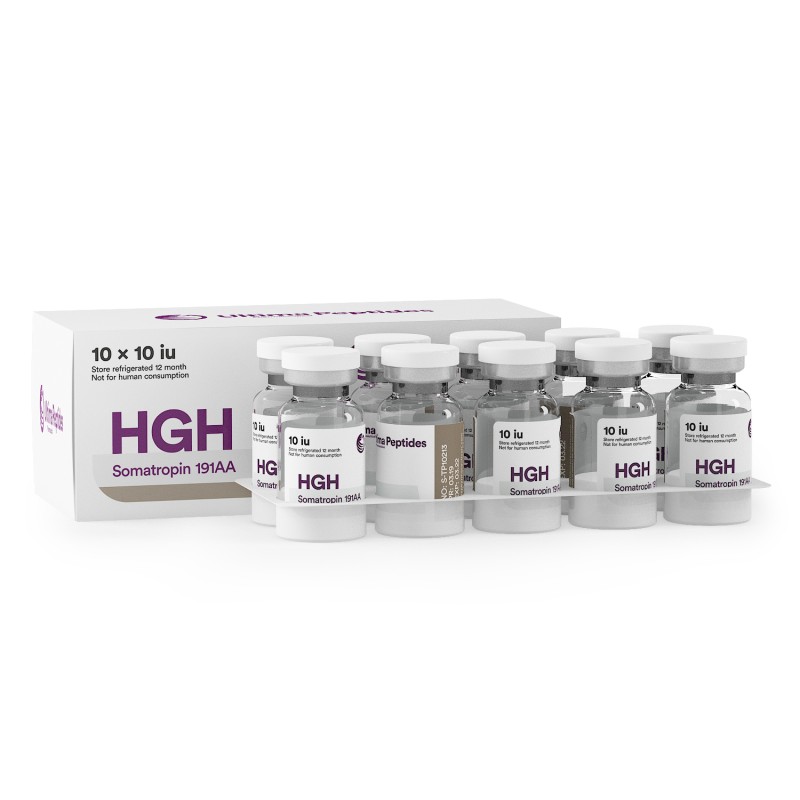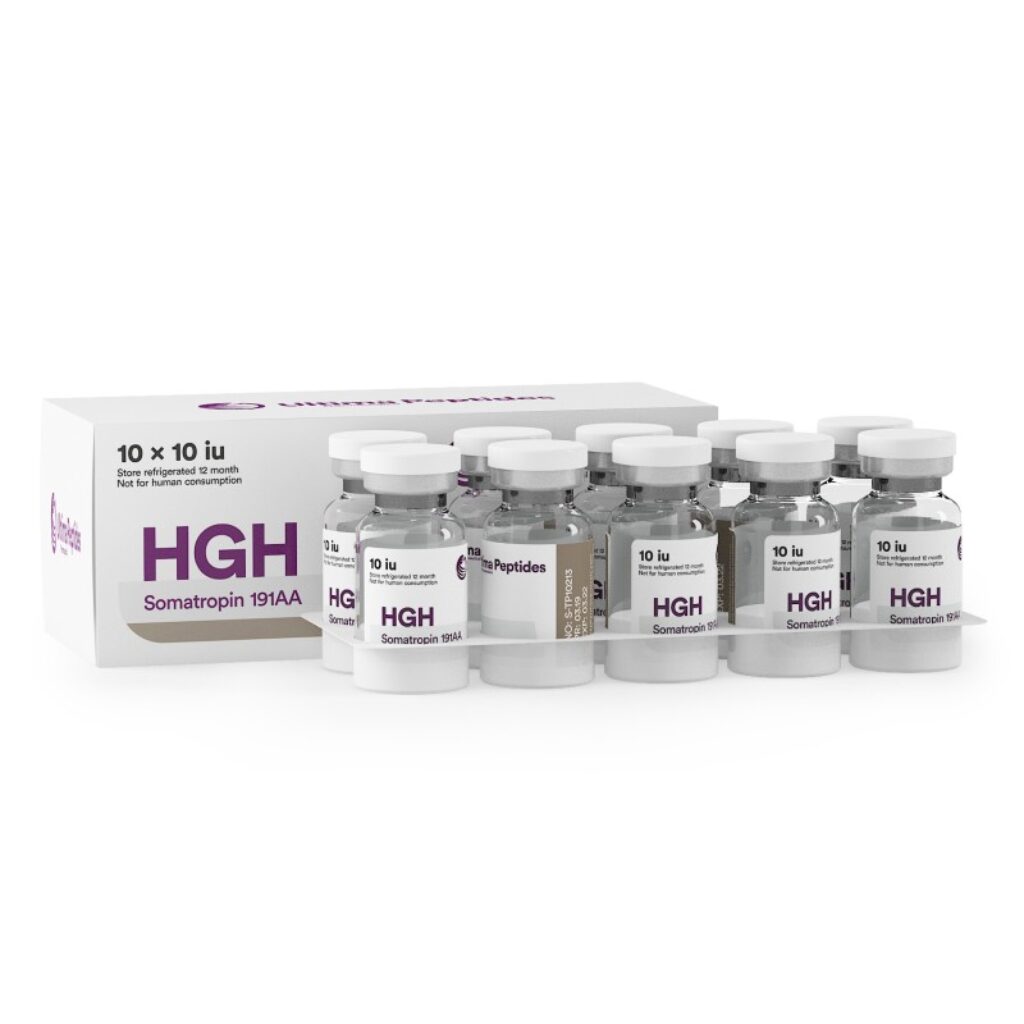
Human Growth Hormone (HGH) is a peptide hormone with profound effects on the body, both celebrated and controversial, particularly in the realm of bodybuilding. HGH plays pivotal roles in human physiology, boasting unparalleled anabolic properties that distinguish it from other compounds. As a result, HGH is highly sought after, prescribed for medical reasons, and, unfortunately, abused by those pursuing a competitive edge in the world of sports.
Historical Perspectives
The roots of HGH trace back to the late 1950s when it was extracted from human pituitary glands, a practice shrouded in controversy due to unhygienic and grotesque methods. By the mid-1980s, the FDA banned HGH extraction from human cadavers, prompted by reports of brain disorders linked to its use. This led to the development of safer alternatives like somatrem, a cleaner version of the hormone, and eventually the pure synthetic form, Somatropin. Initially, cost constraints limited the popularity of somatropin, but over the past decade, it has surged in use, particularly among elite athletes and bodybuilders with the financial means to acquire it.
Understanding HGH
In natural conditions, the anterior pituitary gland produces HGH, peaking during youth and diminishing with age. This versatile hormone exerts its influence on bones, muscles, organs, and various bodily functions. Notably, HGH stimulates the growth of muscle cells, both in size and number, a significant factor contributing to the immense bodybuilders we see today.
Remarkably, while fostering cell growth, HGH concurrently facilitates fat reduction and lowers bad cholesterol. It signals muscle, bone, and adipose tissue cells to build muscle while shedding fat. The key lies in its capacity to promote insulin resistance, boosting glucose levels and accelerating fat loss – making it an exceptional recomp tool.
Medical Applications
In the medical field, HGH has been a lifesaver for individuals suffering from muscle-wasting ailments, such as AIDS. Tragically, some patients with AIDS resort to selling their HGH to make ends meet, highlighting the exorbitant costs of treatment. Cases have been reported where individuals pay up to $2000 per month for access to HGH meant for AIDS patients. HGH is also used to treat childhood dwarfism and hormone deficiencies in adults. Anti-aging clinics have emerged, catering to those willing to pay for a shot at the fountain of youth.
HGH in Athletics
For athletes, HGH can be a game-changer, almost a prerequisite in professional sports and bodybuilding. In many professional leagues, HGH use is widespread, and even in sports with stringent testing, it remains challenging to detect. In professional wrestling, athletes must fail three consecutive tests to be found guilty, a near-impossible feat due to HGH’s brief detection window. The NFL recently instituted testing but continues to struggle with effective detection. HGH is widely embraced in professional bodybuilding, where it’s often stacked with insulin to yield maximum muscle mass gains. This combination, along with anabolic steroids, has led to modern bodybuilders who dwarf their predecessors in size.
HGH Benefits
The advantages of HGH are manifold:
- Stronger tendons and bones
- Faster recovery
- Lean tissue growth
- Improved sleep
- Healthier skin
- Enhanced overall well-being
- Fat reduction
- Heightened metabolic rate
- Increased energy
Side Effects
While HGH offers remarkable benefits, it comes with potential side effects, especially when abused. Common adverse effects include:
- Water retention (especially during the initial phase)
- Joint pain
- Headaches
- Carpal tunnel syndrome
- Hypothyroidism at high doses, often necessitating the use of T3
- Growth-related issues, like the enlargement of the jaw, organs, and feet
- Increased blood sugar and decreased insulin sensitivity, which can lead to diabetes-related problems
HGH Administration
HGH is typically administered via subcutaneous injection using an insulin needle. For athletes starting with high-quality HGH, a dosage of 2-4 IUs is recommended, while more advanced users may go up to 10 IUs per day. Patience is essential when using HGH, with a minimum duration of 3-6 months to achieve desired results, albeit at a considerable cost.
In conclusion, Human Growth Hormone (HGH) is a multifaceted hormone that has played a pivotal role in various aspects of human life, from medical treatment to athletic performance and bodybuilding. While its history has been marked by controversy and challenges, the development of synthetic forms of HGH has expanded its usage. HGH’s remarkable effects on muscle growth, fat reduction, and overall well-being make it highly sought after, both for legitimate medical reasons and, regrettably, for those looking for a competitive edge.
The benefits of HGH are substantial, from strengthening bones and tendons to enhancing recovery and lean tissue growth. However, as with any powerful compound, there are potential side effects, particularly when used in excess. These side effects underscore the need for responsible and informed administration.
In the world of professional sports and bodybuilding, HGH has become a near-necessity to keep pace with peers. The difficulty in detecting its usage, coupled with its potency, has made it attractive to athletes despite testing efforts. [addtoany]


